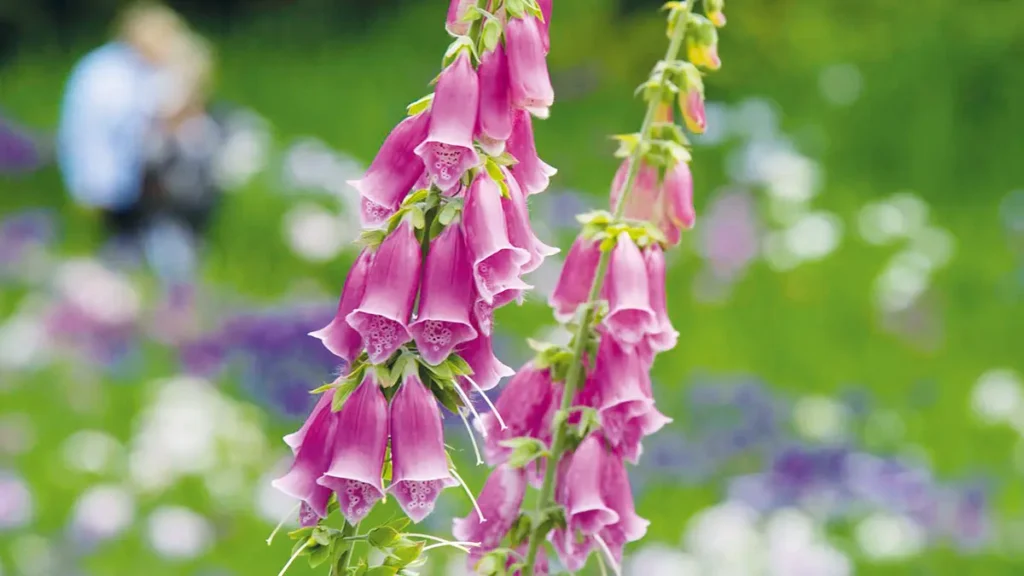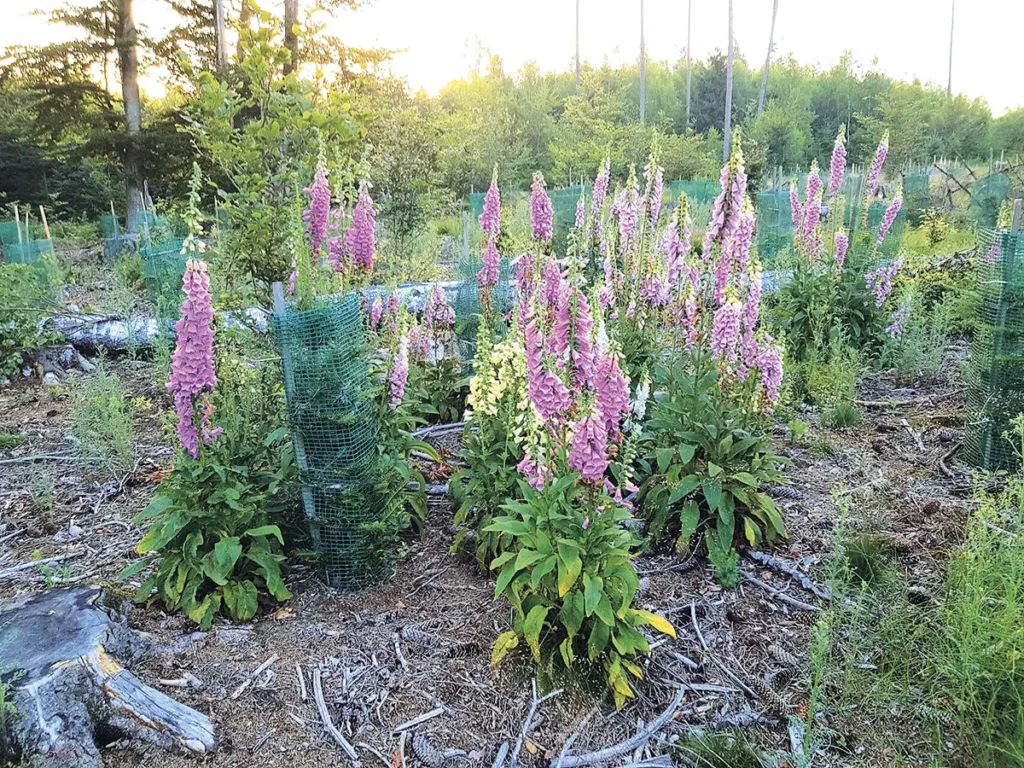


Nome Italiano: Digitale
Nome scientifico: Digitalis purpurea L.
Nome Gallurese: Alba di Santu Ninaldu
Descrizione:
Il tasso è una conifera dalla forma espansa ad ampia base sempreverde. L’alto fusto raggiunge altezze notevole, anche oltre i 15 m., con tronco a corteccia rossastra. Presenta foglie aghiformi di colore verde intenso, disposte su due file opposte, con apice acuminato, brevemente picciolate con due bande stomatifere più chiare. Foglie lineari, Strutture fiorali maschili piccole, in infiorescenze giallastre, le femminili solitarie con breve pedicello e piccoli frutti rosso vivo. A maturità il seme è avvolto da una struttura carnosa rossa, detto arillo. Il tasso è un albero piuttosto raro la cui distribuzione in Sardegna è limitata ad alcuni areali freschi che si estendono al di sopra dei 600 fino a oltre 1000 m s.l.m.
Proprietà e usi:
L’appellativo Albero della morte è dovuto al fatto che tutte le parti della pianta, ad esclusione dell’arillo commestibile (struttura carnosa dal sapore dolciastro e di consistenza mucillaginosa di colore rosso che avvolge il seme), producono un alcaloide velenoso, la taxina. Rami, foglie e semi, dunque, possono avere un effetto tossico sull’uomo e su molti animali domestici producendo come conseguenza un’alterazione della normale attività cardiaca. La tossicità si esplica per ingestione.
Curiosità e miti:
In Sardegna il Tasso lo si usava per tingere di rosso (in una miriade di varianti diverse) la lana ed era impiegato, da persone altamente esperte, per curare diverse malattie. l legno oggi è impiegato per la fabbricazione delle matite, mentre in passato veniva utilizzato nella produzione di archi e frecce e le piante erano conservate lontane da bambini e da animali al pascolo. Il tasso più grande della Sardegna, un vero e proprio monumento, si trova a Badde Salighes (Bolotana). A Sos Nibberos (Bono), si trova invece la foresta più grande d’Italia di tasso, un areale fiabesco dagli effetti scenici davvero sorprendenti.

Italian name: Digitale
Scientific name: Digitalis purpurea L.
Gallurese name: Alba di Santu Ninaldu
Description:
Foxglove is a perennial herbaceous plant with large purple flowers. Species of this genus are on average 5 cm to 1 metre tall, with buds located at the base of the soil and with terminal inflorescence stems. They produce oblong-lanceolate or spatulate, acute basal leaves with a serrated margin.
The bizarre and beautiful inflorescences are in the form of a unilateral elongated raceme, the flowers have a laciniate calyx with 5 acute lobes, the corolla is tubiform-conical rather enlarged at the edge. A cascade of flowers, that is the image to describe Digitalis. It grows generously on the slopes of Mount Limbara and Gennargentu, more rarely at lower altitudes.
Properties and uses:
Digitalis is among the most useful plants in our flora, but also one of the most poisonous. Beautiful, useful, dangerous, inspiring artists and poets. From this plant, fundamental groups of active ingredients heterosides and cardioactive glucosides are extracted. It is one of the most famous and effective medicinal plants, difficult to find in the wild today.
Curiosities and myths:
According to some beliefs, Digitale is the home of fairy creatures and should therefore never be harvested. Over time, this plant has acquired a symbolic meaning linked to forbidden sensuality and transgression, by virtue of its innumerable curative but also toxic properties. Precisely because it is linked to fairy beings, this flower is said to be able to protect people from evil spirits. In northern European countries, Digitale is known as foxglove. According to one legend, during hunting parties, fairies would give bluebells to foxes so that they could put their paws on them to silently escape from the hunters.
